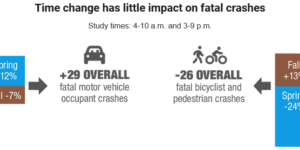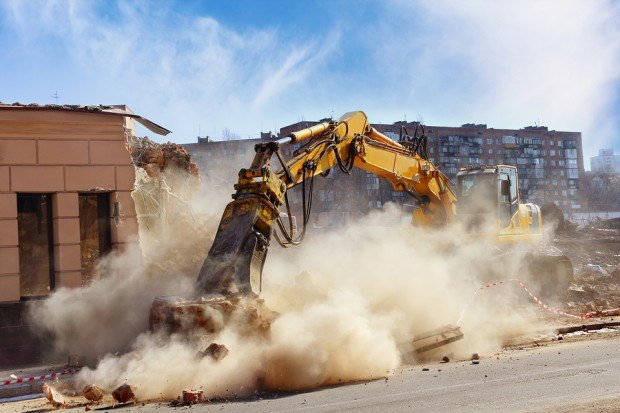A London market association published a research paper last week, which highlights scenarios in which non-industrial insureds face environmental losses—and are not covered for them under standard liability and property policies.
Examining real-life situations that include dust problems on a construction site and the failure of a hotel’s oil tank, the report from the International Underwriting Association of London (IUA) titled, “Environmental Loss Scenarios,” stresses the fact that environmental liability “is clearly not the exclusive preserve of heavy industry with obvious potential to pollute.”
In the dust example, the report describes releases over a long period from the construction of a new health center, aggravating an asthma condition of a woman living in a neighboring home and also ruining her carpets and causing other irreparable property damage.
Putting an estimated value of £30,000 (roughly $46,000) on the tort liability claim brought by the ailing woman against the developer, the report says that the developer’s loss is not covered by a standard public liability policy—but would be covered under a special environmental policy.
“This liability is within the scope of the policy’s insuring clause, but because the dust was not caused by a ‘sudden, identifiable, unintended and unexpected incident which took place in its entirety at a specific time and place during the Period of Insurance,’ the pollution exclusion excludes the tort action from cover,” the report says.
Similarly, an £450,000 pricetag (over $680,000) incurred by a hotel that had leaking oil tank and complied with a remediation order for cleanup, would not be covered without environmental insurance, the report says.
Regulatory liability for cleanup is not covered under public liability policies in the wake of a 2006 case known as Bartoline v RSA, the report says. “Even if it did fall within the scope of the policy’s insuring clause, the costs would have fallen foul of the policy’s ‘owned property’ exclusion,” according to the IUA report.
“The gap between the range of environmental liabilities to which organizations are now exposed and the liability cover provided by traditional insurance policies has become uncomfortably wide and will get wider,” the reports concludes.
In general, it states that public liability policies cover liability in tort for third-party damages claims, but most environmental liabilities do not fall into this category. “Most environmental liabilities are ‘statutory’ or ‘regulatory’ liabilities policed by bodies like the Environment Agency and are not within the scope of cover.
“Further, public liability policies have pollution exclusions which exclude all pollution-related liabilities except those that the insured can show were caused by a “sudden, identifiable, unintended and unexpected incident which took place in its entirety at a specific time and place during the Period of Insurance”.
The report also notes some issues with special environmental extensions.
The IUA analysis also emphasizes the time and extensive technical input needed to resolve environmental claims, in an effort to convince readers of the difficulty in getting this done without the help of an environmental insurer.
“The need to have adequate environmental insurance coverage in place has significantly heightened with the introduction of the Environmental Liability Directive, which is based upon the ‘polluter pays’ principle,” the report notes.
The Directive provides an option for EU Member States to require relevant operators to put in place financial security, such as insurance, to meet potential liabilities under the ELD, the report says, noting that the UK has not as yet implemented such a requirement.
The IUA report was published in association with Berwin Leighton Paisner LLP.
The publication is also available on the IUA website at www.iua.co.uk/environmental together with an earlier report from August 2010 Environmental Risks:insured or not?
The represents international and wholesale insurance and reinsurance companies operating in or through London. It exists to promote and enhance the business environment for its members.
Source: IUA





















 Cat Losses, Auto and HO Price Hikes Continue at Allstate
Cat Losses, Auto and HO Price Hikes Continue at Allstate  Study: U.S. Companies Facing Class Actions at Highest Level in 13 Years
Study: U.S. Companies Facing Class Actions at Highest Level in 13 Years  Study: Average Cyber Breach Insurance Coverage Gap is 350%
Study: Average Cyber Breach Insurance Coverage Gap is 350%  Uncertainty Keeps Prices Up; No Prior-Year Loss Development: Travelers
Uncertainty Keeps Prices Up; No Prior-Year Loss Development: Travelers 



